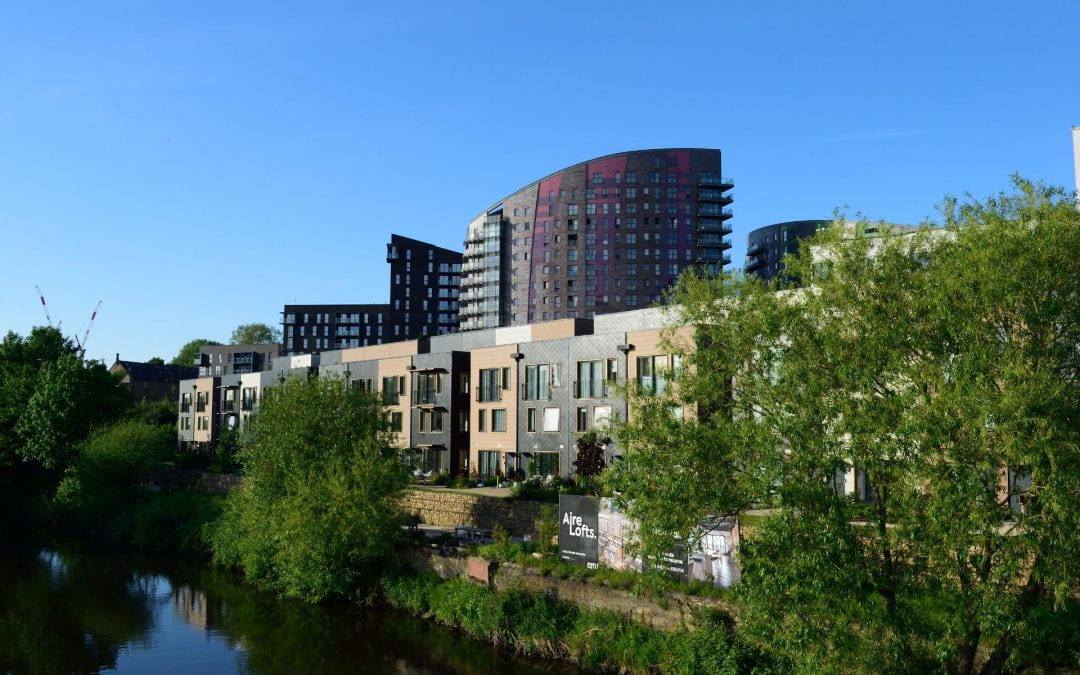Introduction
According to the Intergovernmental Panel on Climate Change (IPCC), Climate Resilient Development (CRD) is an effective method of managing climate change and one of the major strategies available to combat the catastrophic consequences of global warming. CRD, the IPCC states, combines adaptation and mitigation strategies to achieve sustainable development for all, and identifies local land use strategies as important tools for achieving CRD. It does not specify, however, how local governments should implement CRD.
In the U.S, municipal governments primarily shape how land development is governed and how human settlements are shaped. For CRD to be implemented effectively, local officials and stakeholders need technical assistance. The Land Use Law Center (Center) is drafting a framework law for local land use officials and advocates to implement CRD, incorporating and complementing the policies of the IPCC. The framework will be released in 2024 following several student-led workshops on the core components of CRD. These components include mitigation, adaptation, resilience, and equity, enabled by conditions that make feasible sustainable development for all.
Legal Background
Private land development is controlled principally through land use plans and regulations adopted by most of the 40,000 municipalities in the U.S. with authority to legislate to protect the public interest. Localities typically adopt comprehensive land use plans, supplemental land use plans, and land use regulations contained in a zoning or other chapter of their municipal code. They then create administrative boards to review and approve individual development projects. In most states, land use law requires or encourages zoning land use regulations to conform with a comprehensive plan and be formulated after meaningful public engagement.
Land use regulation routinely includes zoning and various kinds of land development standards (including subdivision and site plan regulations), some supplemental regulations that relate to unique physical conditions (such as inland or coastal flooding, wildfires, or excessive heat), as well as some administrative provisions governing development decision-making. Some supplemental regulations might be contained in a different chapter of the municipal code. Stormwater management is an example of a set of regulations that often shows up, alphabetically, in the municipal code before zoning.
The Framework
From this general pattern, prevalent in most states, a structure for a land use framework law might look like this:
I. Comprehensive plan with CRD components.
II. Special plans related to CRD objectives (e.g. hazard management, heat island management, flood plains).
III. Zoning and other land use regulations that further CRD objectives
-
- Traditional provisions: definitions; as of right and specially permitted uses, bulk and area requirements, parking, site plan regulations, subdivision standards.
- Innovative techniques: e.g. cluster zoning, transfer of development rights, planned unit developments, overlay zoning.
- Supplemental regulations: heat island standards, wildfire prevention, coastal flooding.
- Administrative provisions: powers of boards, public engagement.
IV. Separate code regulations – e.g. sea level rise, low carbon construction, low impact development, in-fill development, adaptive reuse.
The process of creating a local implementation plan that furthers CRD requires determining where, in the existing local framework of land use laws, CRD provisions should be located. Each of the workshops conducted by the Center will present detailed strategies on one or more climate consequences that have been adopted by local legislatures.
Workshops
Our search for strategies to embed in the framework involves student-led research reports and workshop presentations on climate change topics.
Workshops will explore, for example, what CRD elements are contained in a local comprehensive plan, the extent to which it contains CRD elements such as a commitment to climate equity or resilience, what enabling conditions are present, and whether the sample strategy focuses on mitigation or adaptation or both. They will also probe where in the municipal code regulatory provisions are added as standard zoning provision or in supplemental provisions of zoning or stand-alone sections of the municipal code.
The final workshop of the spring semester will aggregate provisions by locations in a model outline of plan components and regulatory provisions: a substantially complete framework law containing a variety of strategies that manage several consequences of climate change. The Center will continue its CRD research and workshops over the summer and fall semester culminating with the release of a comprehensive CRD framework law around the end of the 2024 calendar year.
Workshops will be held periodically and can be accessed at this Zoom link (passcode “265697”).
Workshop Topics
Based on several years of research on land use and climate change, the students chose a number of topics for their workshops. They include:
- CRD, Local Solutions for Global Problems
- Revamping Parking, Paving the Way to Climate Resilience
- Combatting Gentrification Through eTOD
- The Green BluePrint, Strategies for Eco-Efficient Construction
- Integrated Climate Action Plans
- Infill Innovation, Redesigning Urban Futures
- Turning the Tides, Adapting to Sea Level Rise
- Greening the Concrete Jungle, Vegetated Urbanism
- Fireproofing our Forests and Future
- CRD and the Private Sector
- Inland flooding
- Water conservation and quality
- Public health and land use
- Disaster management
- Distributed energy generation
- Why CRD? Lessons Learned
These can all be addressed by local land use strategies that further the IPCC’s CRD objectives.
Stay In Touch
For any questions about the workshop series, email Maureen Hartwell at mhartwell@law.pace.edu.

